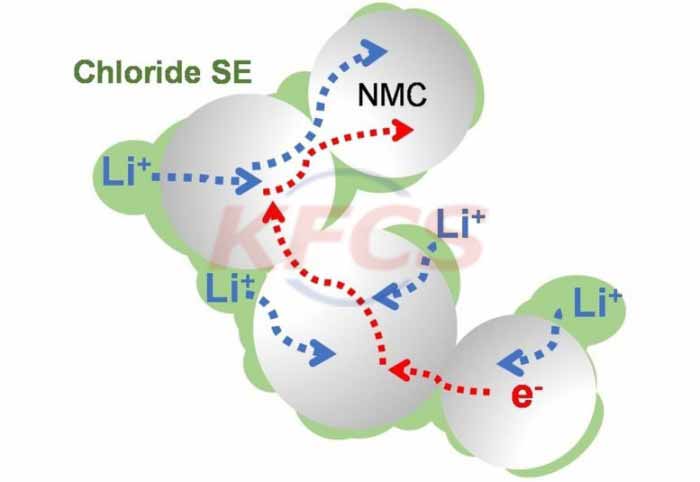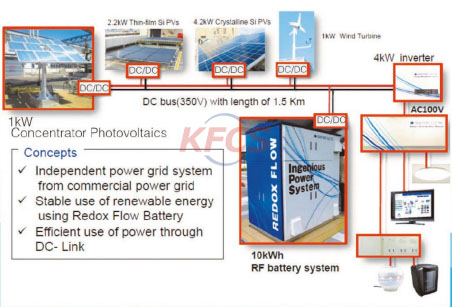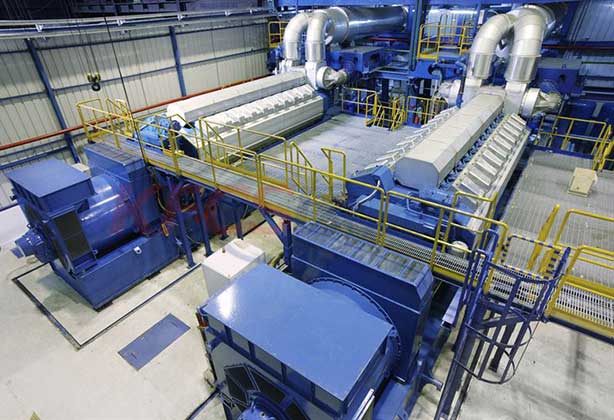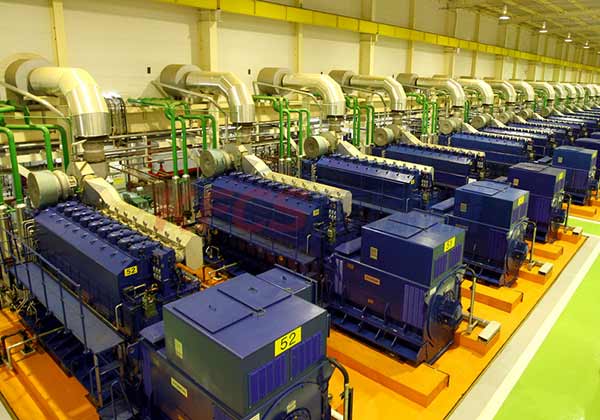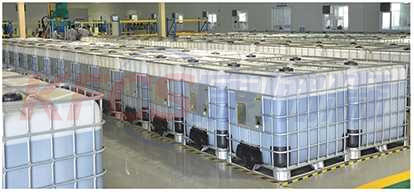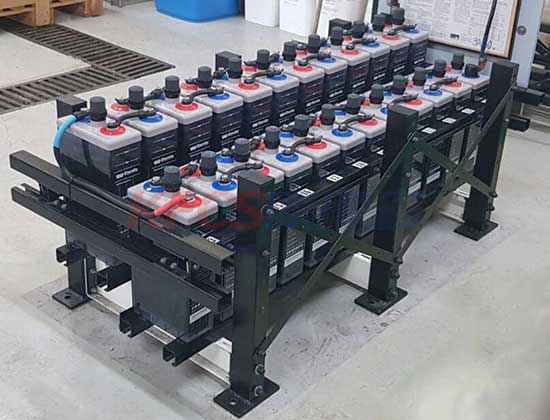Scientists discover promising new solid-state lithium-ion battery electrolyte
A research member from the University of Waterloo, Canada, as part of the Joint Center for Energy Storage Research (JCESR) at the U.S. Department of Energy's (DOE) Argonne National Laboratory-based Joint Center for Energy Storage Research (JCESR), has discovered a new solid electrolyte that offers several important advantages.
This electrolyte, composed of lithium, scandium, indium, and chlorine, conducts lithium ions well, but poorly conducts electrons. This combination is critical to creating an all-solid-state battery that can be charged and discharged over a hundred times at high voltages (above 4 volts) and performed thousands of times at moderate voltages without any Significant capacity loss. The chloride nature of the electrolyte is key to its stability at operating conditions above 4 volts, which means it is suitable for the typical cathode materials that make up the mainstream of today's lithium-ion batteries.
Linda Nazar, Distinguished Research Professor in the Department of Chemistry at the University of Waterloo and a longtime member of the JCESR, said: "The main attraction of solid state electrolytes is that they do not catch fire and can be placed efficiently in battery cells, and we are excited to demonstrate stable high voltage operation. ."
Currently, the upgrade bottleneck of solid-state electrolytes is mainly concentrated on sulfides, which oxidize and degrade above 2.5 volts. As a result, they require insulating coatings around cathode materials that operate at voltages above 4 volts, which impairs the ability of electrons and lithium ions to move from the electrolyte to the cathode. For sulfide electrolytes, the ongoing challenge has been to electronically isolate the electrolyte from the cathode so that it does not oxidize, but still require the electronic conductivity of the cathode material.
While Nazar's group wasn't the first to design a chloride electrolyte, building on previous work, they decided to swap half of the indium for scandium, which was shown to reduce electrons and improve ionic conductivity a major advance. "Chloride electrolytes have become increasingly attractive because they only oxidize at high voltages, and some are chemically compatible with the best cathodes we have," Nazar said. "There have been some reports of this recently, but the one we've designed has clear advantages."
A chemical key to ionic conductivity lies in the material's criss-cross three-dimensional structure, known as the spinel structure. The researchers had to balance two competing desires: to load the spinel with as many charge-carrying ions as possible, but also to leave room for the ions to move. "You can think of it as trying to throw a dance party -- you want people to come, but you don't want it to be too crowded," Nazar said. Ideally, half of the sites in the spinel structure are occupied by lithium, while The other half remained open, but she explained that the situation was difficult to engineer.
In addition to lithium's good ionic conductivity, Nazar and her colleagues needed to ensure that electrons could not easily move through the electrolyte to trigger its decomposition at high voltages. "Imagine a game of hopscotch," she said. "Even if you just want to jump from the first square to the second square, if you can create a wall that makes it difficult for the electrons (in our case) to jump over, that's another advantage of this solid electrolyte "It is unclear why the electronic conductivity is lower than many of the chloride electrolytes previously reported, but it helps to create a clean interface between the cathode material and the solid electrolyte, a fact that largely maintains the cathode stable performance even with a large amount of active material.

